Home>Furniture & Design>Interior Design Trends>What Do Numbers On The Bottom Of Glass Bottles Mean
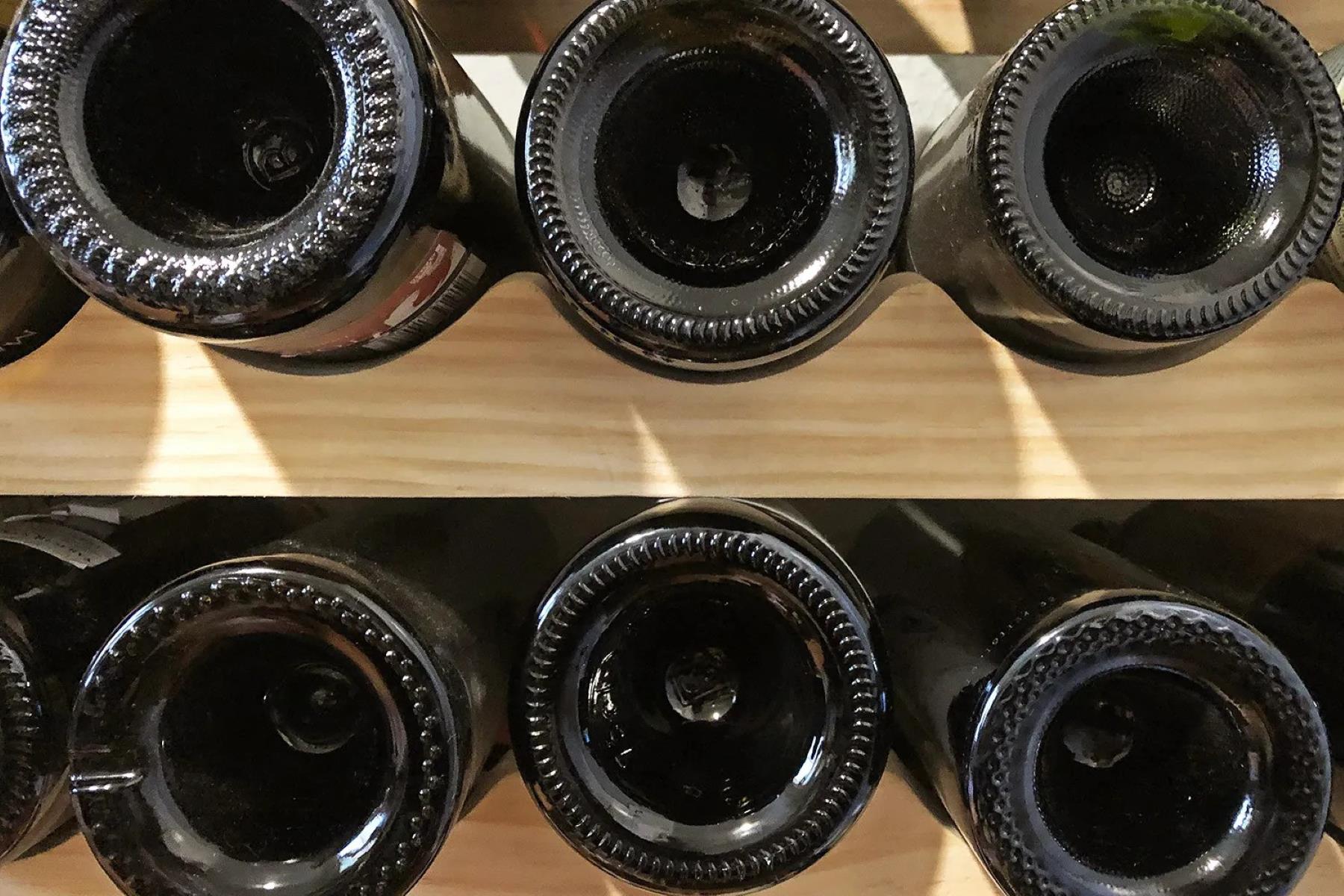

Interior Design Trends
What Do Numbers On The Bottom Of Glass Bottles Mean
Published: February 6, 2024
Discover the significance of numbers on glass bottles and stay updated on the latest interior design trends. Explore the hidden meanings behind bottle markings and find inspiration for your interior design projects.
(Many of the links in this article redirect to a specific reviewed product. Your purchase of these products through affiliate links helps to generate commission for Storables.com, at no extra cost. Learn more)
Introduction
Glass bottles are a ubiquitous part of our daily lives, used for containing a wide array of products such as beverages, condiments, and cosmetics. Have you ever noticed the tiny numbers imprinted on the bottom of these bottles? They may seem inconspicuous at first glance, but they actually hold significant meaning and play a crucial role in various aspects of the manufacturing and recycling processes.
Understanding the numbers on the bottom of glass bottles can provide valuable insights into the composition, origin, and potential reuse of the container. These seemingly random digits are not just a product of chance; rather, they are a deliberate and standardized method of conveying essential information about the bottle's characteristics.
In this article, we will delve into the fascinating world of these numbers, unraveling their significance and shedding light on their implications for both consumers and industry professionals. By gaining a deeper understanding of the numbers etched onto glass bottles, you will be equipped with valuable knowledge that can enhance your appreciation for these everyday objects and contribute to sustainable practices.
Key Takeaways:
- The numbers on the bottom of glass bottles are like secret codes that reveal the bottle’s history and characteristics, helping manufacturers track quality and consumers understand the bottle’s journey.
- These numbers play a crucial role in recycling and sustainability, ensuring that glass bottles are properly handled and repurposed, contributing to environmental conservation.
Read more: What Do The Numbers On Fertilizer Mean
Understanding the numbers on the bottom of glass bottles
The numbers imprinted on the bottom of glass bottles are not mere decorative elements; rather, they serve as a coded language that conveys vital information about the bottle's composition and manufacturing process. This alphanumeric code, often accompanied by symbols, holds the key to unraveling the bottle's origins and characteristics.
The most common set of numbers found on glass bottles is known as the "resin identification code." This code, typically indicated by a number inside a triangle of arrows, signifies the type of plastic resin used in the bottle's production. However, when it comes to glass bottles, the numbers etched on the bottom serve a different purpose.
These numbers are typically embossed or molded into the glass during the manufacturing process. They may appear as a single digit or a combination of several digits, often accompanied by additional symbols or letters. While the specific format may vary, the primary function of these numbers is to provide essential details about the bottle's mold and manufacturing run.
The numbers on the bottom of glass bottles are not random; they are meticulously assigned to each mold used in the production process. Each mold is marked with a unique identification number, allowing manufacturers to track and trace the bottles back to their respective molds. This system enables quality control and facilitates the identification of any defects or issues that may arise during production.
Furthermore, these numbers play a crucial role in the recycling and reusability of glass bottles. By providing a means of identifying the bottle's origin and manufacturing specifications, the numbers aid in sorting and processing bottles for recycling. This process ensures that glass bottles are appropriately handled and recycled, contributing to sustainable practices and environmental conservation.
In essence, the numbers on the bottom of glass bottles serve as a silent yet essential language, communicating valuable insights about the bottle's journey from production to potential reuse. By deciphering these numbers, consumers and industry professionals alike can gain a deeper appreciation for the meticulous craftsmanship and thoughtful design behind every glass bottle.
What the numbers indicate
The numbers etched on the bottom of glass bottles hold a wealth of information that can unveil the bottle's unique characteristics and manufacturing details. While they may appear as cryptic symbols at first glance, these numbers are a window into the bottle's history and composition, offering valuable insights to those who can decipher their significance.
First and foremost, the numbers on glass bottles indicate the mold identification. Each set of numbers corresponds to a specific mold used in the bottle's production process. This serves as a form of internal tracking and quality control for manufacturers, allowing them to trace the origin of each bottle and monitor the performance of individual molds. By assigning distinct numbers to each mold, manufacturers can swiftly identify and address any issues that may arise during production, ensuring consistent quality across all bottles.
In addition to mold identification, these numbers often convey the manufacturing run or batch. This means that the numbers can reveal when and where the bottle was produced, providing a glimpse into its journey from the manufacturing facility to the consumer's hands. Understanding the manufacturing run can offer valuable insights into the bottle's age, production location, and potential variations in quality based on different production runs.
Furthermore, the numbers on glass bottles can also indicate specific manufacturing specifications and standards. For instance, certain digits or symbols may denote the type of glass used, the production line, or adherence to specific industry regulations. This level of detail allows industry professionals to assess the bottle's compliance with quality standards and ensures that it meets the necessary criteria for its intended purpose.
Moreover, these numbers play a crucial role in the recycling and sustainability efforts associated with glass bottles. By providing clear identification of the bottle's manufacturing details, the numbers facilitate the sorting and processing of glass bottles for recycling. This streamlined approach to recycling ensures that glass bottles are appropriately handled and can be effectively repurposed, contributing to environmental conservation and sustainable practices.
In essence, the numbers on the bottom of glass bottles serve as a comprehensive dossier, encapsulating the bottle's origin, production details, and potential for reuse. By decoding these numbers, consumers and industry professionals can gain a deeper understanding of the meticulous craftsmanship and intricate journey behind every glass bottle, fostering a greater appreciation for these everyday objects.
The numbers on the bottom of glass bottles typically indicate the type of glass used and the specific mold or machine used to make the bottle. This information can be useful for identifying the manufacturer and understanding the bottle’s production process.
Importance of the numbers on glass bottles
The numbers imprinted on the bottom of glass bottles hold immense significance, playing a pivotal role in various aspects of the bottle's lifecycle and industry practices. These seemingly innocuous digits are far from arbitrary; they carry substantial importance that resonates throughout the manufacturing, quality control, and recycling processes.
First and foremost, the numbers on glass bottles are crucial for quality control and traceability. By serving as unique identifiers for the molds used in the production process, these numbers enable manufacturers to track the origin of each bottle and monitor the performance of individual molds. This meticulous tracking system empowers manufacturers to swiftly identify and address any issues that may arise during production, ensuring consistent quality across all bottles. Without these numbers, the ability to pinpoint and rectify potential defects or inconsistencies in the manufacturing process would be significantly compromised.
Moreover, the numbers on glass bottles provide valuable insights into the bottle's manufacturing run or batch. This information offers transparency regarding when and where the bottle was produced, shedding light on its age, production location, and potential variations in quality based on different production runs. Understanding the manufacturing run is essential for assessing the bottle's history and ensuring that it meets the necessary standards for safety and quality.
In addition, these numbers play a vital role in facilitating the recycling and reusability of glass bottles. By providing clear identification of the bottle's manufacturing details, the numbers streamline the sorting and processing of glass bottles for recycling. This not only ensures that glass bottles are appropriately handled but also contributes to sustainable practices and environmental conservation. The ability to accurately identify and categorize glass bottles based on their manufacturing specifications is instrumental in maximizing the efficiency of recycling processes, ultimately reducing waste and minimizing the environmental impact of discarded bottles.
Furthermore, the numbers on glass bottles serve as a testament to the meticulous craftsmanship and thoughtful design behind each bottle. They encapsulate the bottle's journey from production to potential reuse, offering a glimpse into the intricate details and standards upheld throughout the manufacturing process. By decoding these numbers, consumers and industry professionals can gain a deeper appreciation for the dedication and precision embedded in every glass bottle, fostering a greater understanding of their value beyond mere containers.
In essence, the numbers on the bottom of glass bottles are not just arbitrary markings; they are indispensable markers that uphold the integrity, traceability, and sustainability of glass bottle production and recycling. Their importance reverberates throughout the entire lifecycle of glass bottles, underscoring their role as essential components of responsible manufacturing and environmental stewardship.
Conclusion
In conclusion, the seemingly inconspicuous numbers etched on the bottom of glass bottles carry profound significance, serving as silent yet essential markers that shape the bottle's journey from production to potential reuse. These numbers, meticulously assigned during the manufacturing process, provide a window into the bottle's origin, composition, and potential for recycling. By decoding these numbers, consumers and industry professionals can gain valuable insights into the bottle's history and contribute to sustainable practices.
The numbers on glass bottles play a multifaceted role, encompassing aspects of quality control, traceability, and environmental stewardship. They serve as unique identifiers for the molds used in the production process, enabling manufacturers to monitor the performance of individual molds and maintain consistent quality across all bottles. This meticulous tracking system empowers manufacturers to swiftly identify and address any issues that may arise during production, ensuring that each bottle meets the necessary standards for safety and quality.
Furthermore, these numbers offer transparency regarding the bottle's manufacturing run or batch, providing valuable insights into its age, production location, and variations in quality based on different production runs. Understanding the manufacturing run is essential for assessing the bottle's history and ensuring its compliance with industry regulations and standards.
Moreover, the numbers on glass bottles play a pivotal role in facilitating the recycling and reusability of these containers. By providing clear identification of the bottle's manufacturing details, the numbers streamline the sorting and processing of glass bottles for recycling, contributing to sustainable practices and environmental conservation. This streamlined approach to recycling ensures that glass bottles are appropriately handled and can be effectively repurposed, ultimately reducing waste and minimizing the environmental impact of discarded bottles.
Ultimately, the numbers on the bottom of glass bottles encapsulate the meticulous craftsmanship and thoughtful design behind each bottle, offering a glimpse into the intricate details and standards upheld throughout the manufacturing process. By unraveling the significance of these numbers, individuals can gain a deeper appreciation for the dedication and precision embedded in every glass bottle, fostering a greater understanding of their value beyond mere containers.
In essence, the numbers on the bottom of glass bottles are not just arbitrary markings; they are indispensable markers that uphold the integrity, traceability, and sustainability of glass bottle production and recycling. Their importance reverberates throughout the entire lifecycle of glass bottles, underscoring their role as essential components of responsible manufacturing and environmental stewardship.
Frequently Asked Questions about What Do Numbers On The Bottom Of Glass Bottles Mean
Was this page helpful?
At Storables.com, we guarantee accurate and reliable information. Our content, validated by Expert Board Contributors, is crafted following stringent Editorial Policies. We're committed to providing you with well-researched, expert-backed insights for all your informational needs.
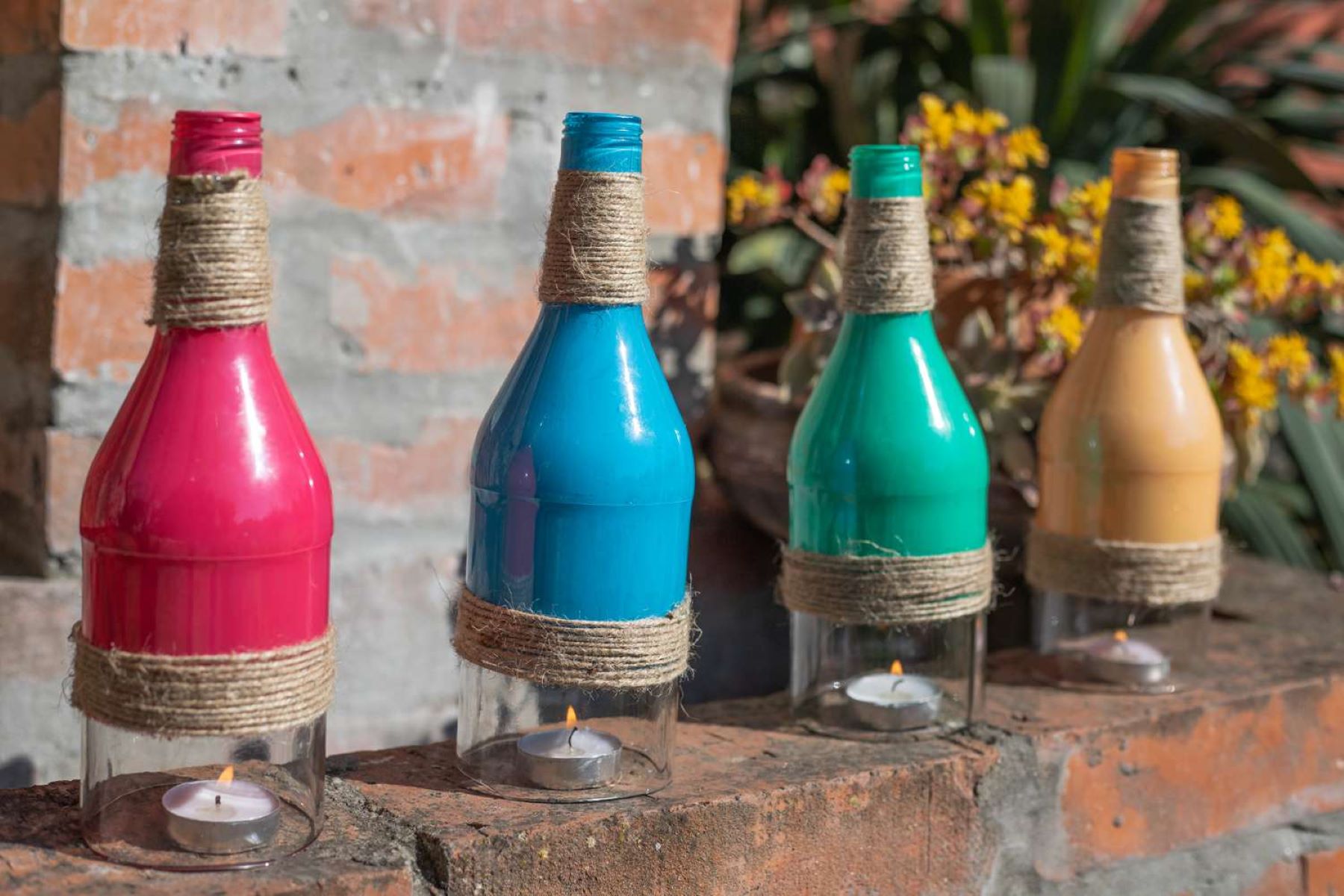
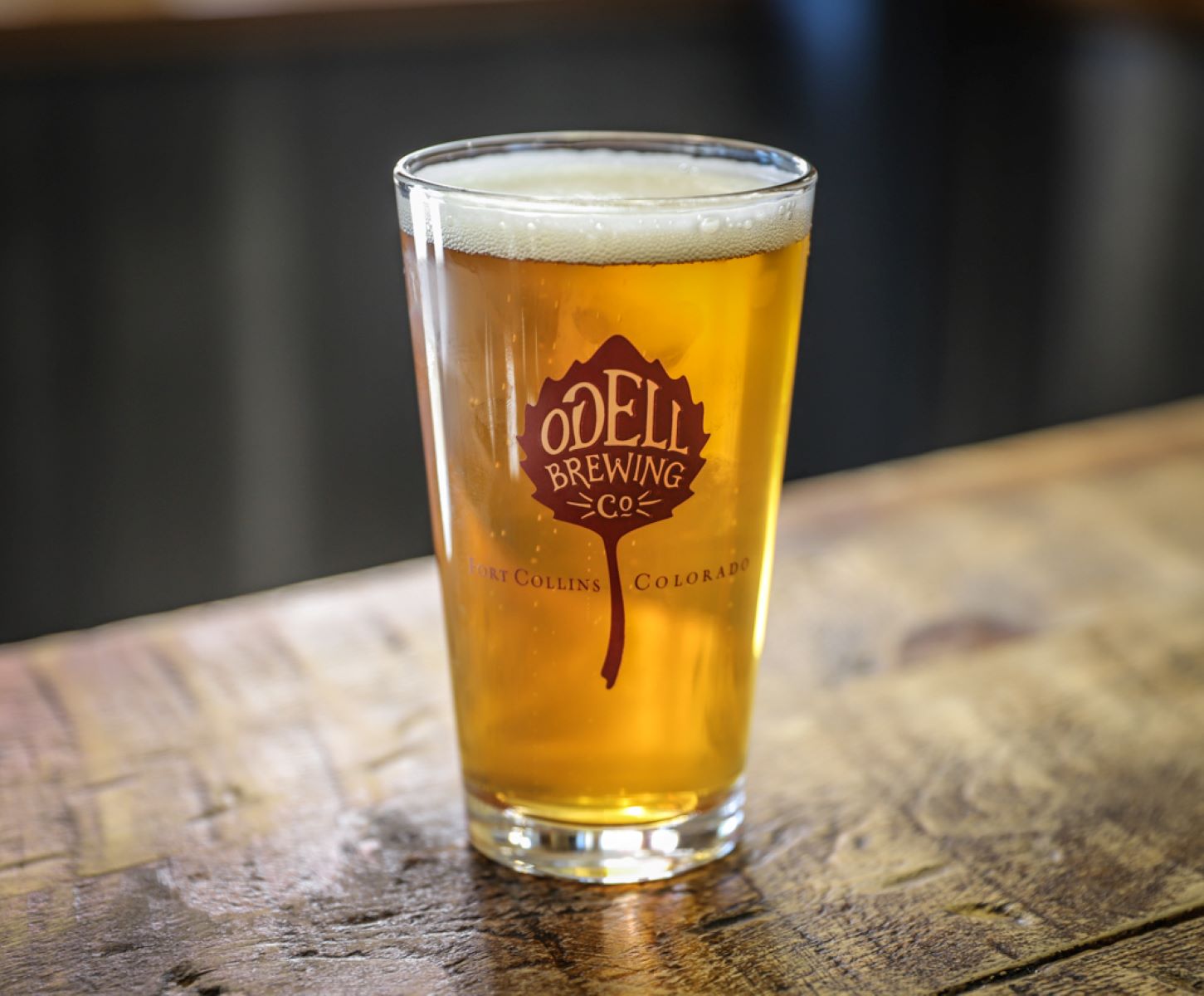

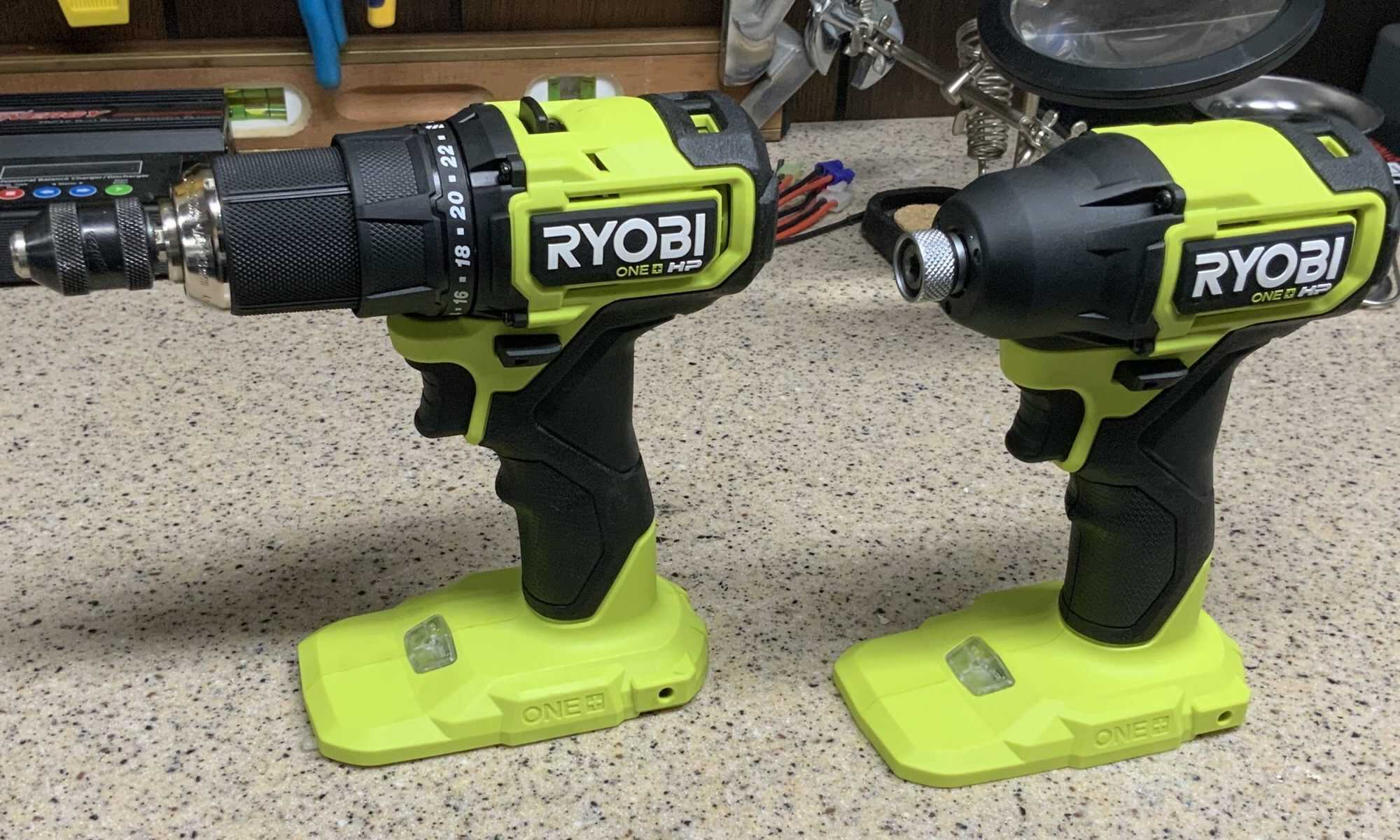
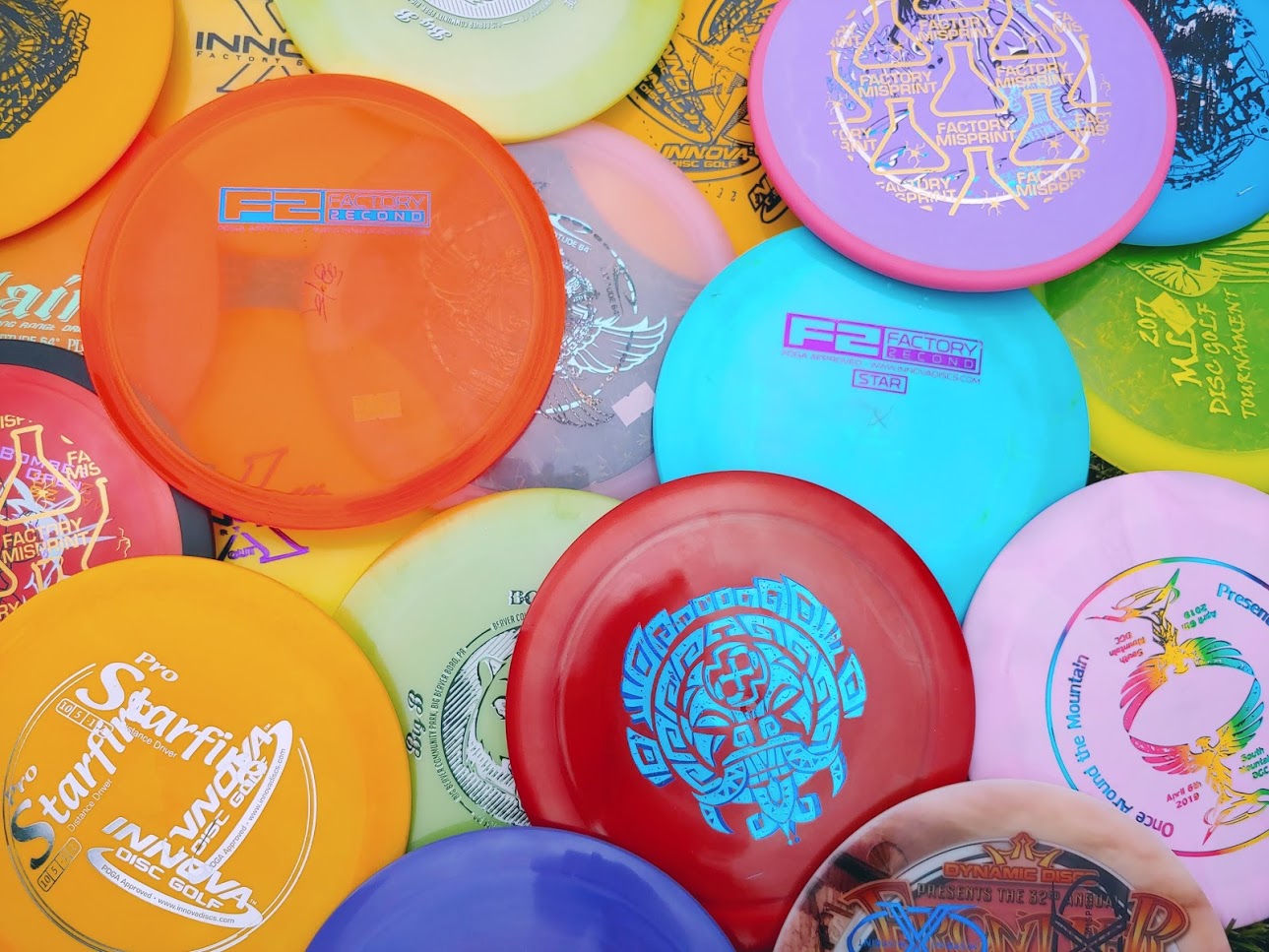
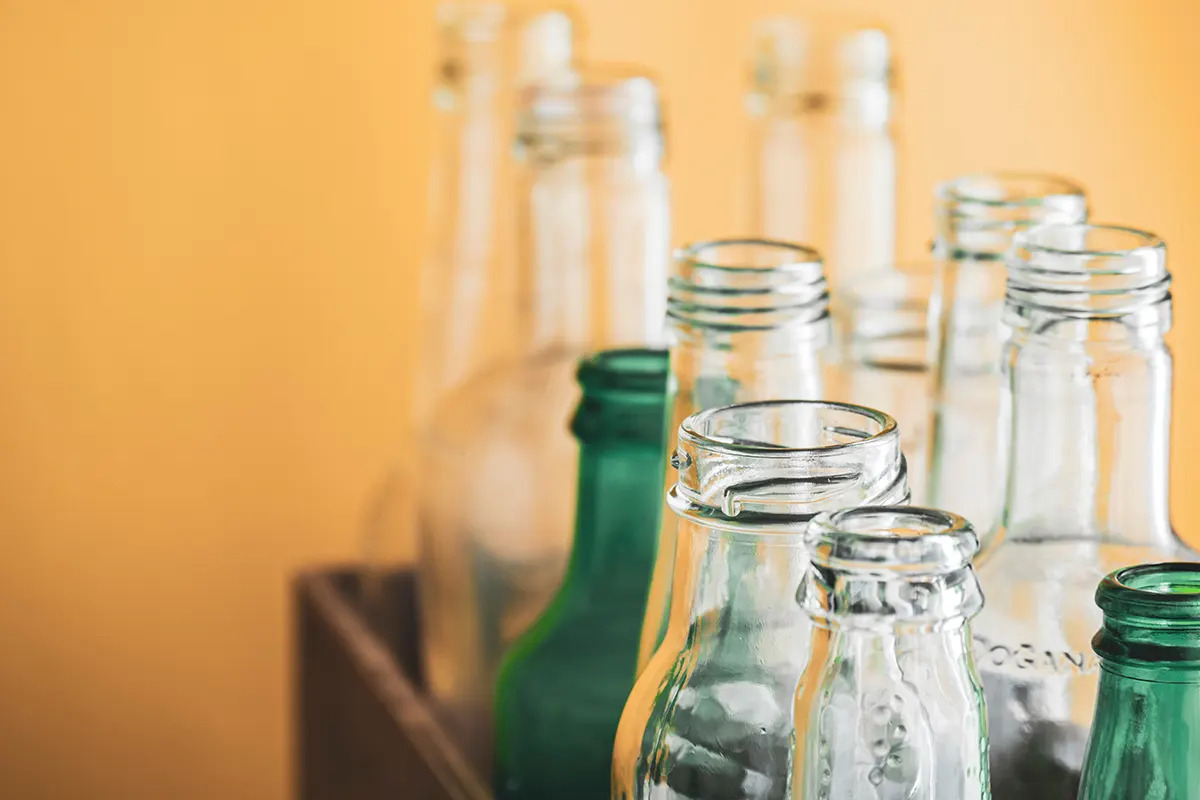

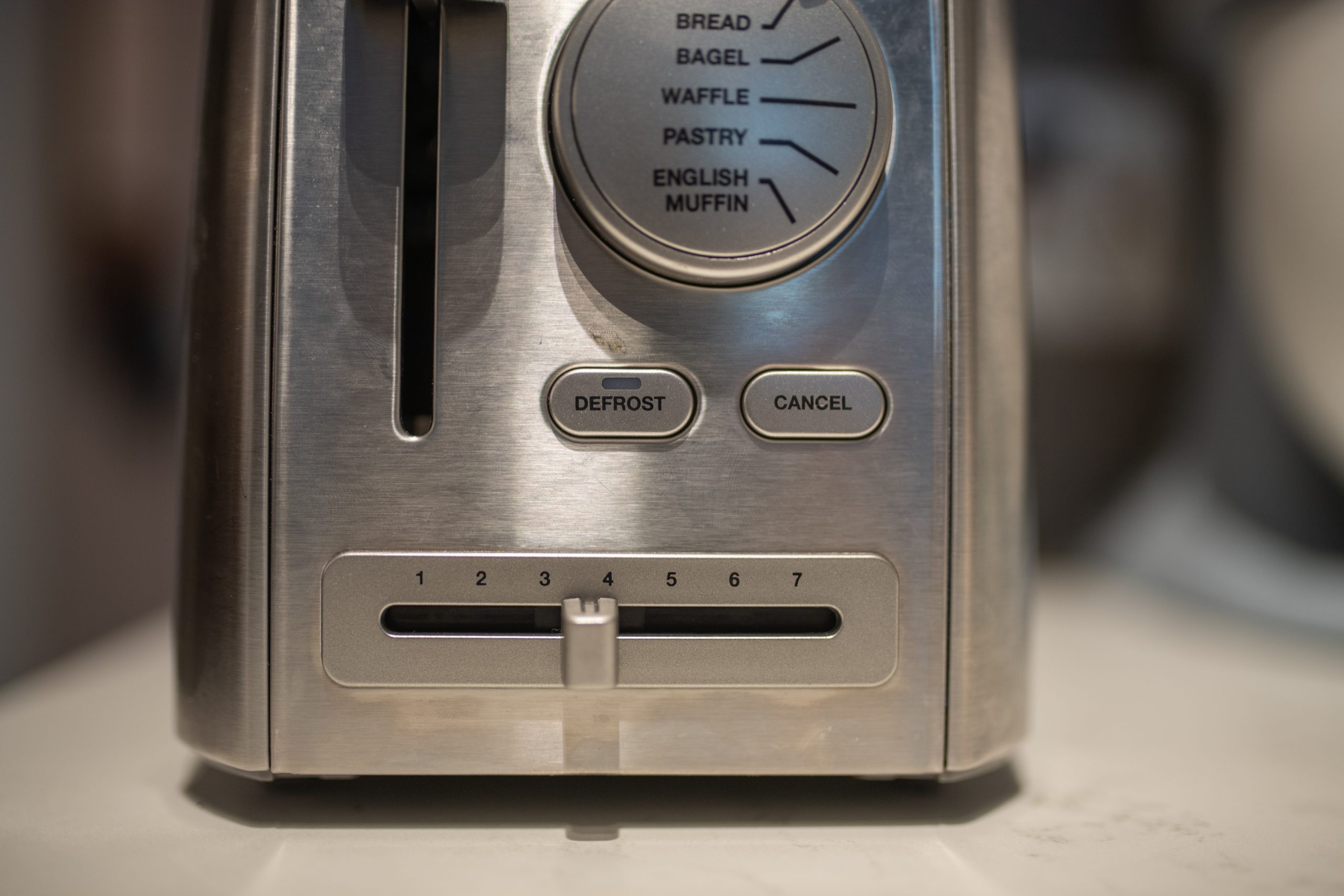
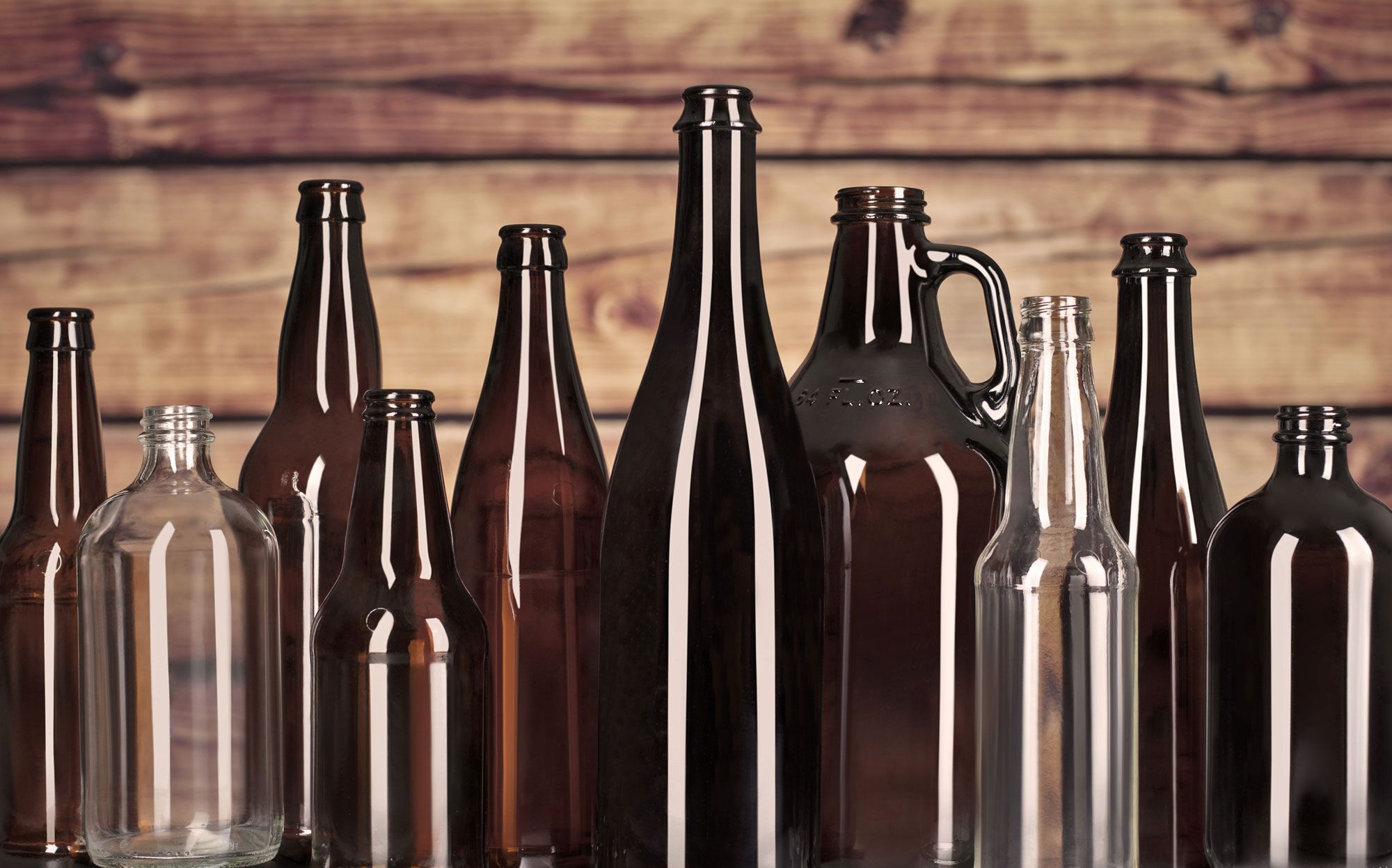
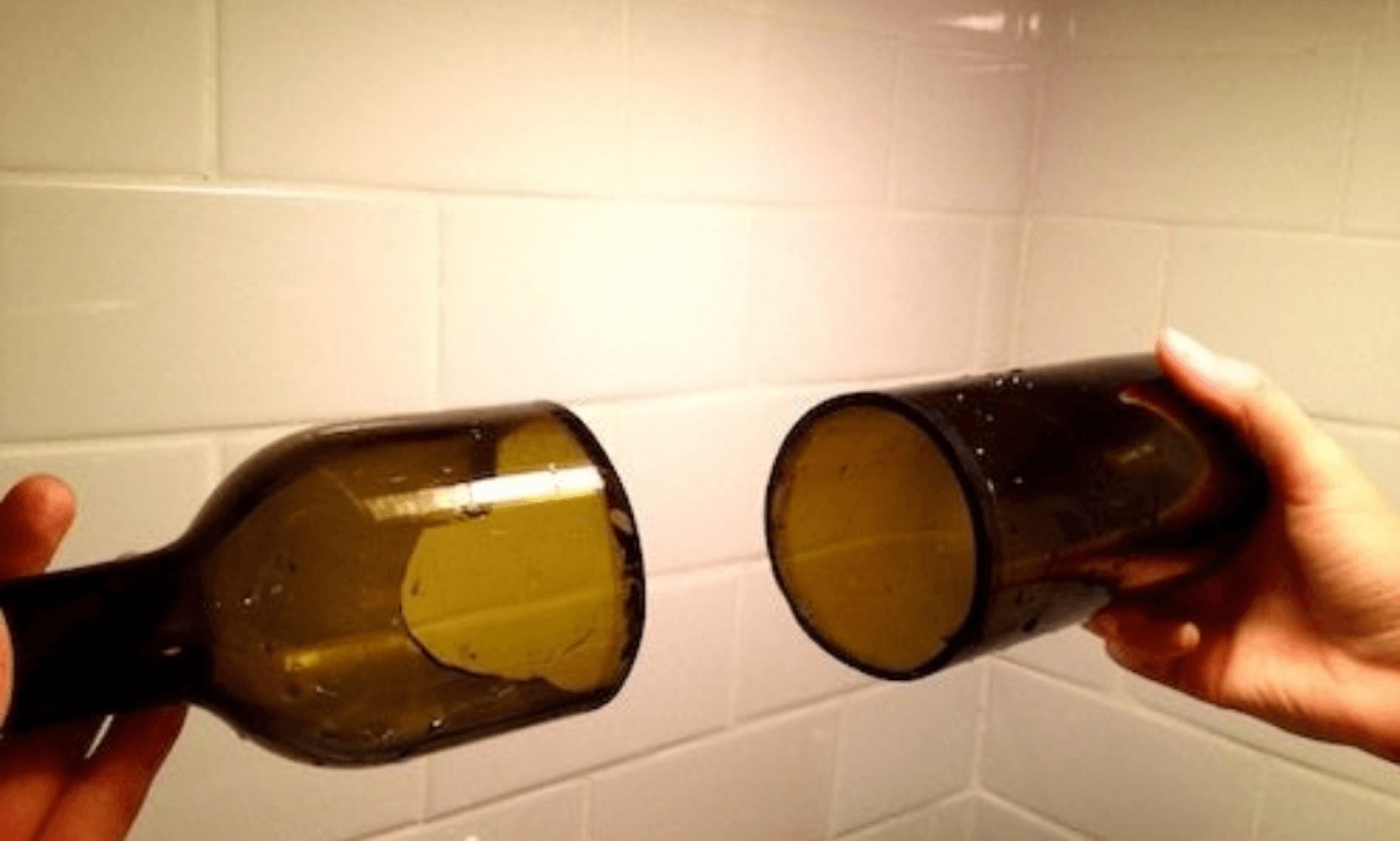
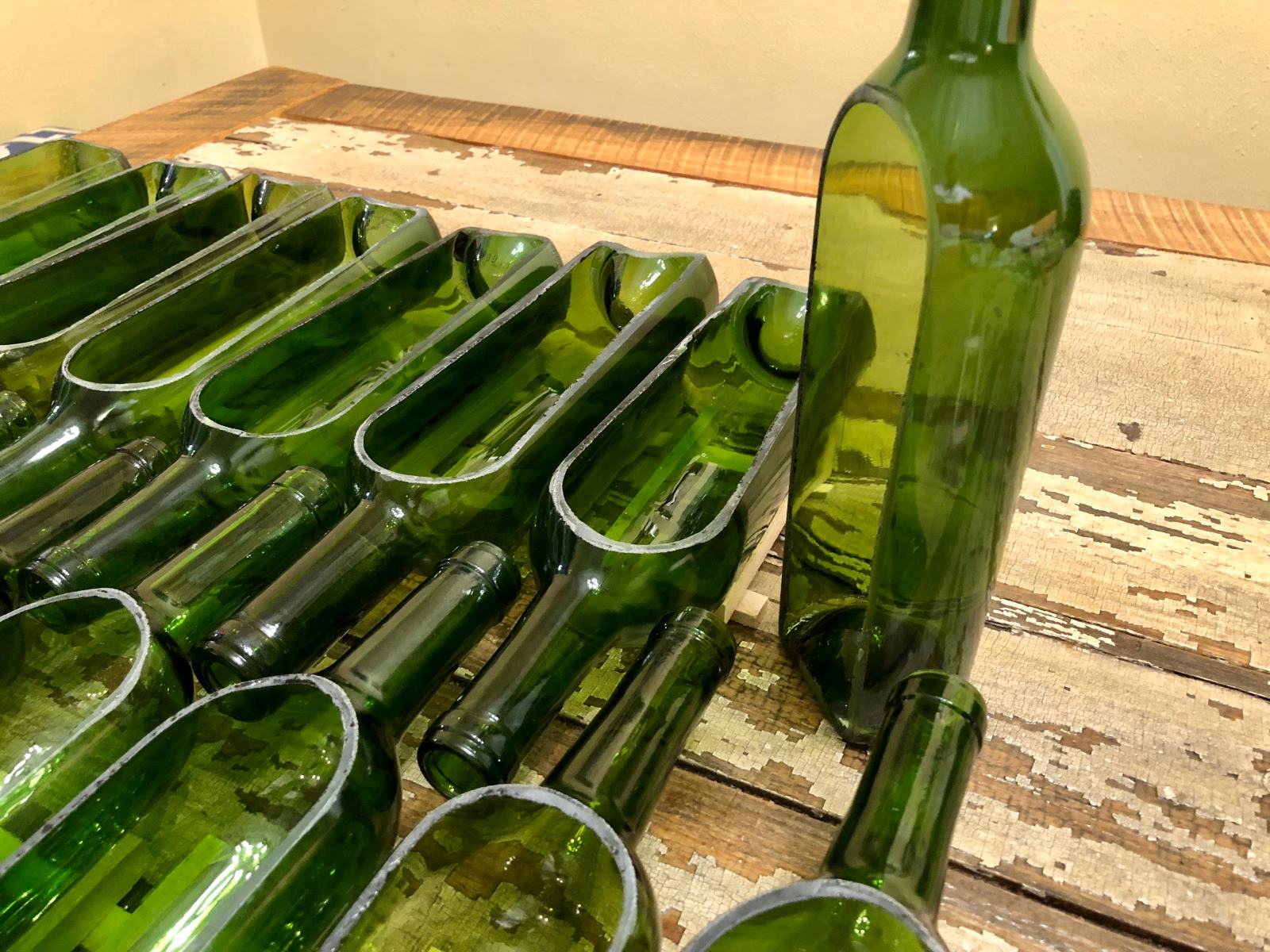
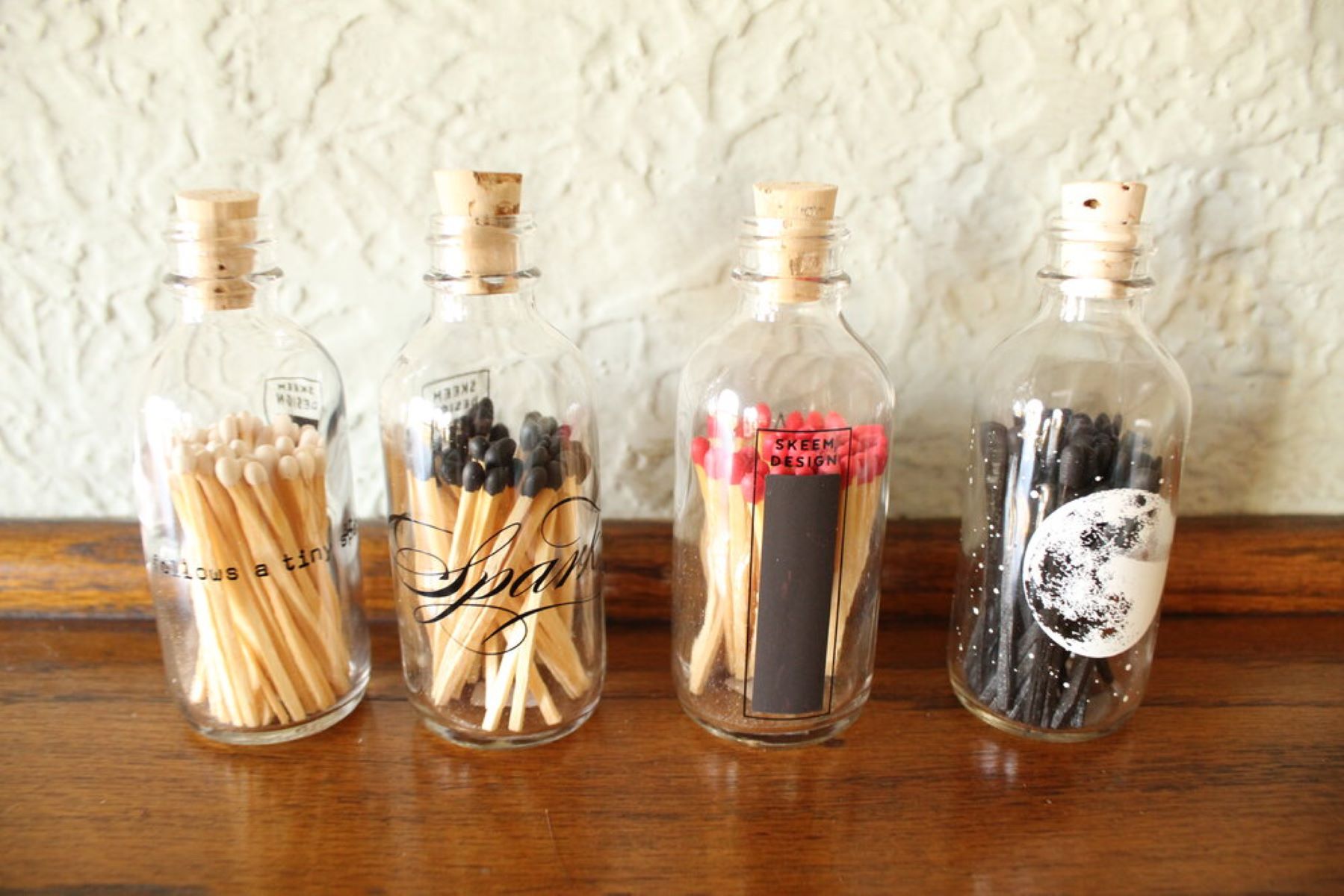
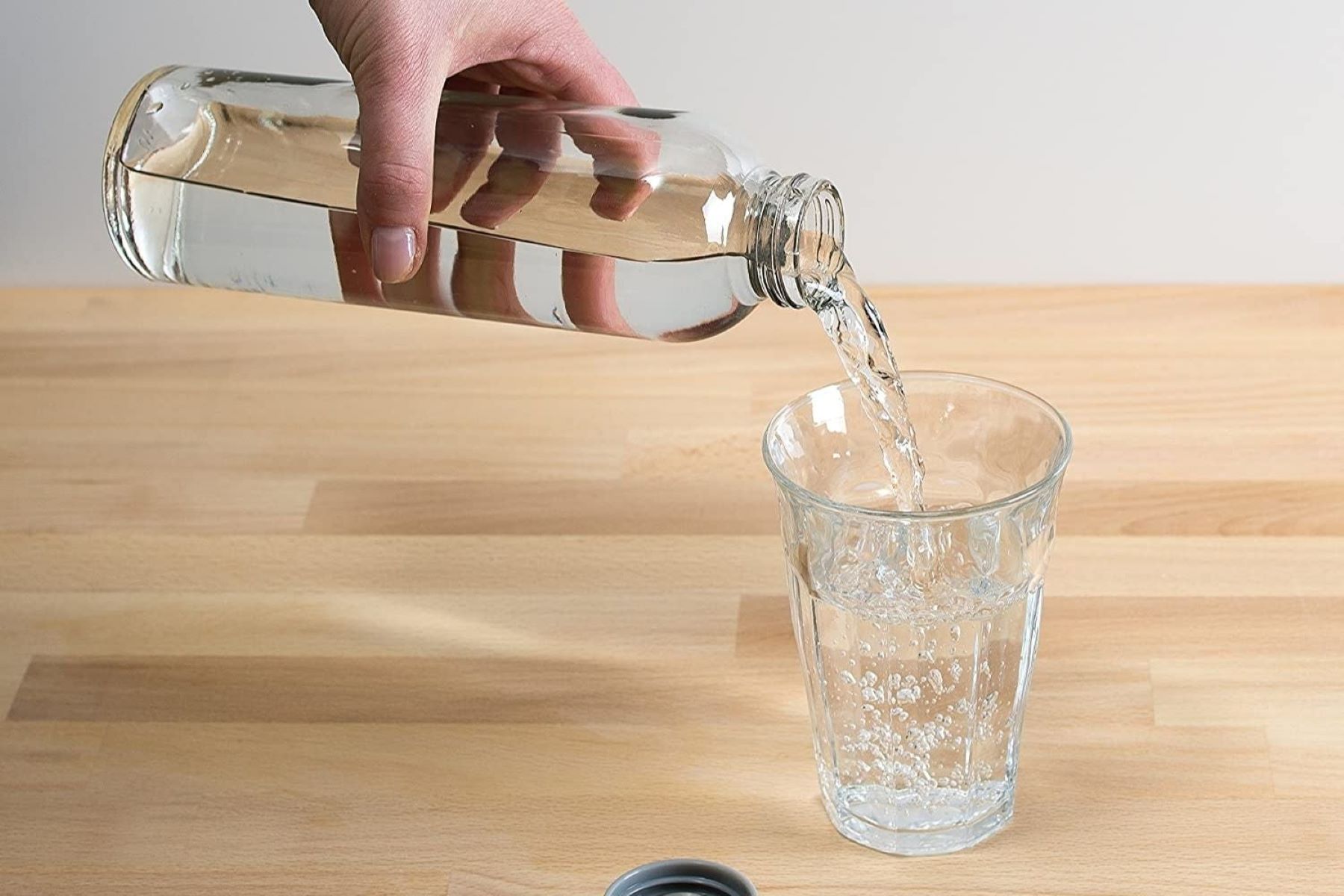
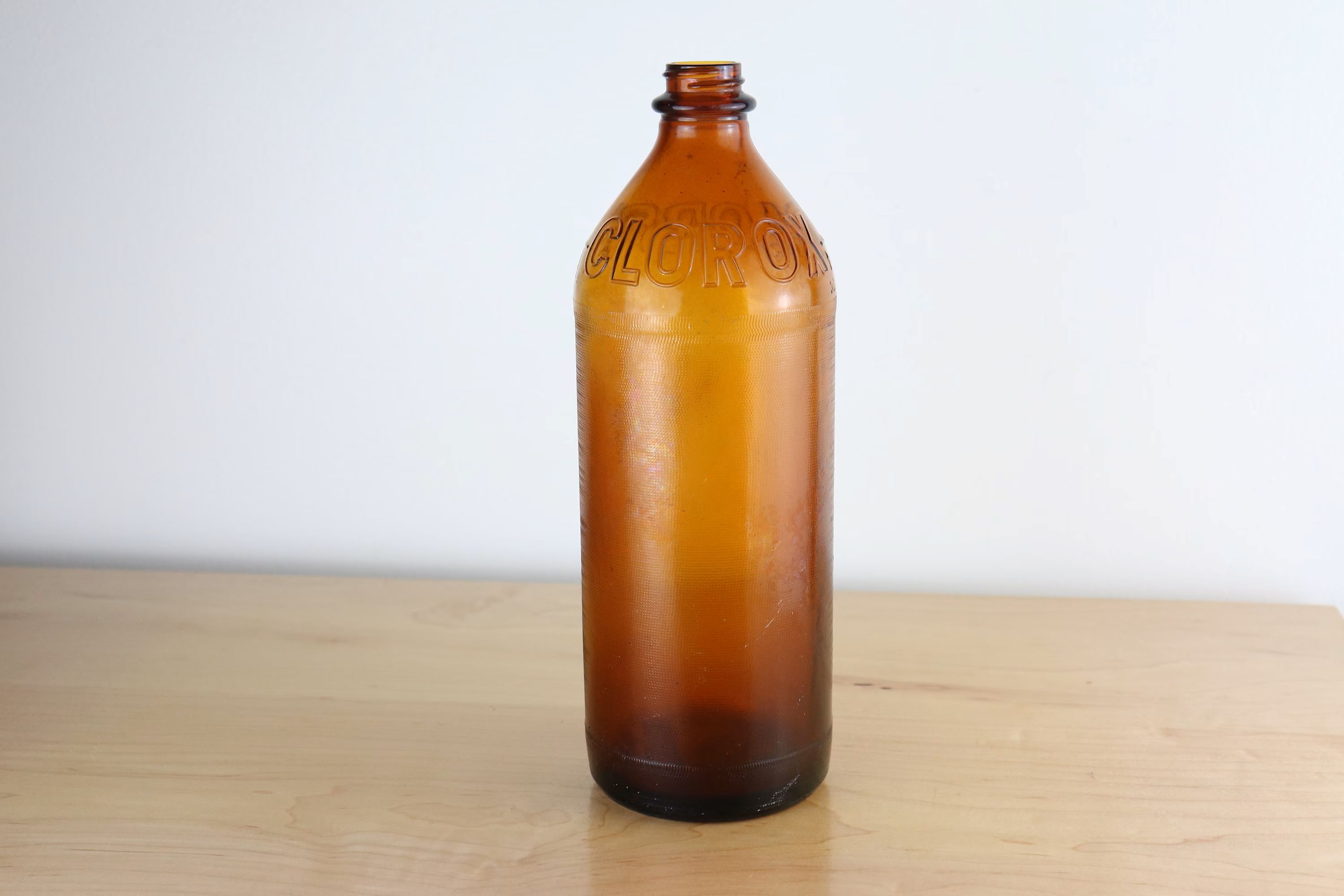


0 thoughts on “What Do Numbers On The Bottom Of Glass Bottles Mean”